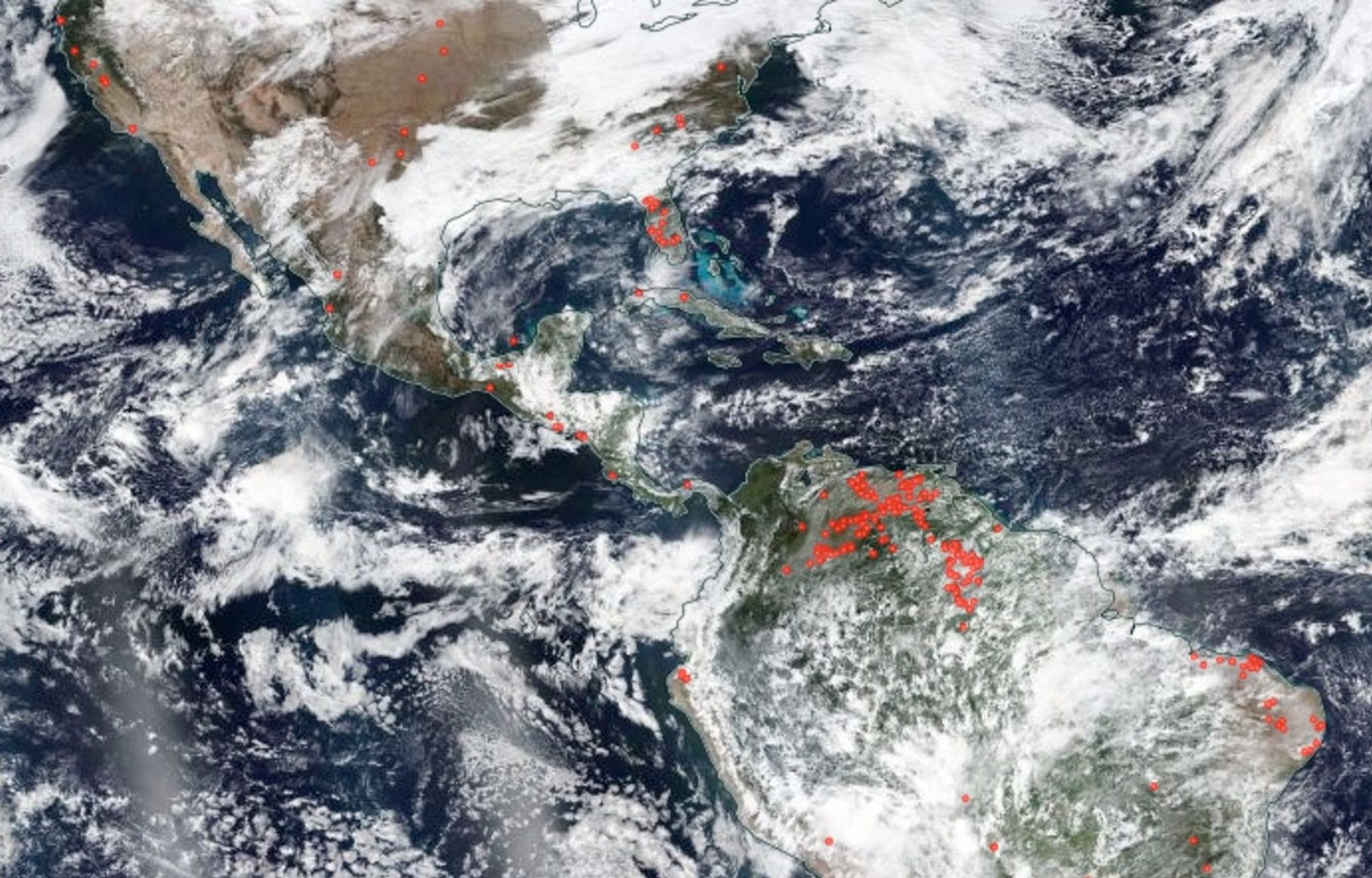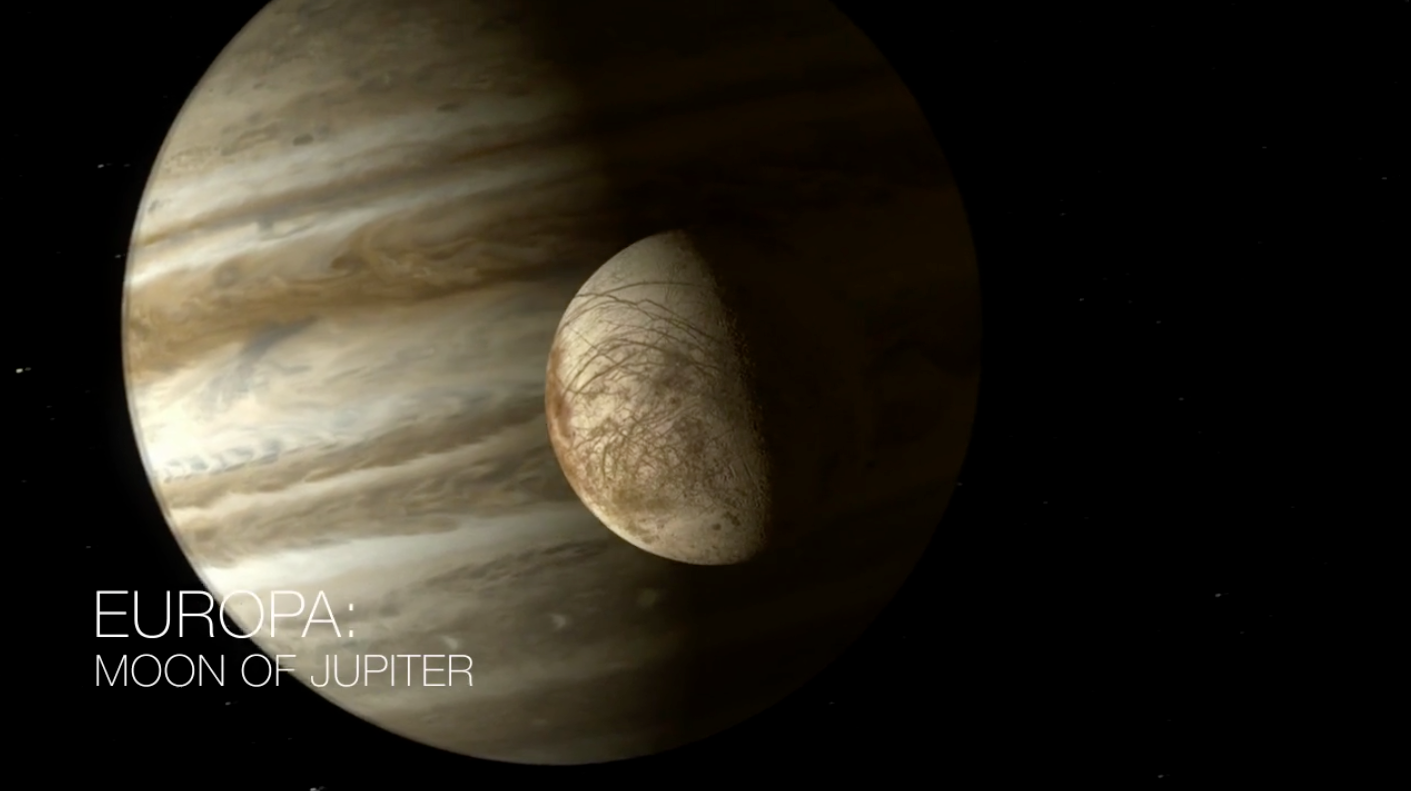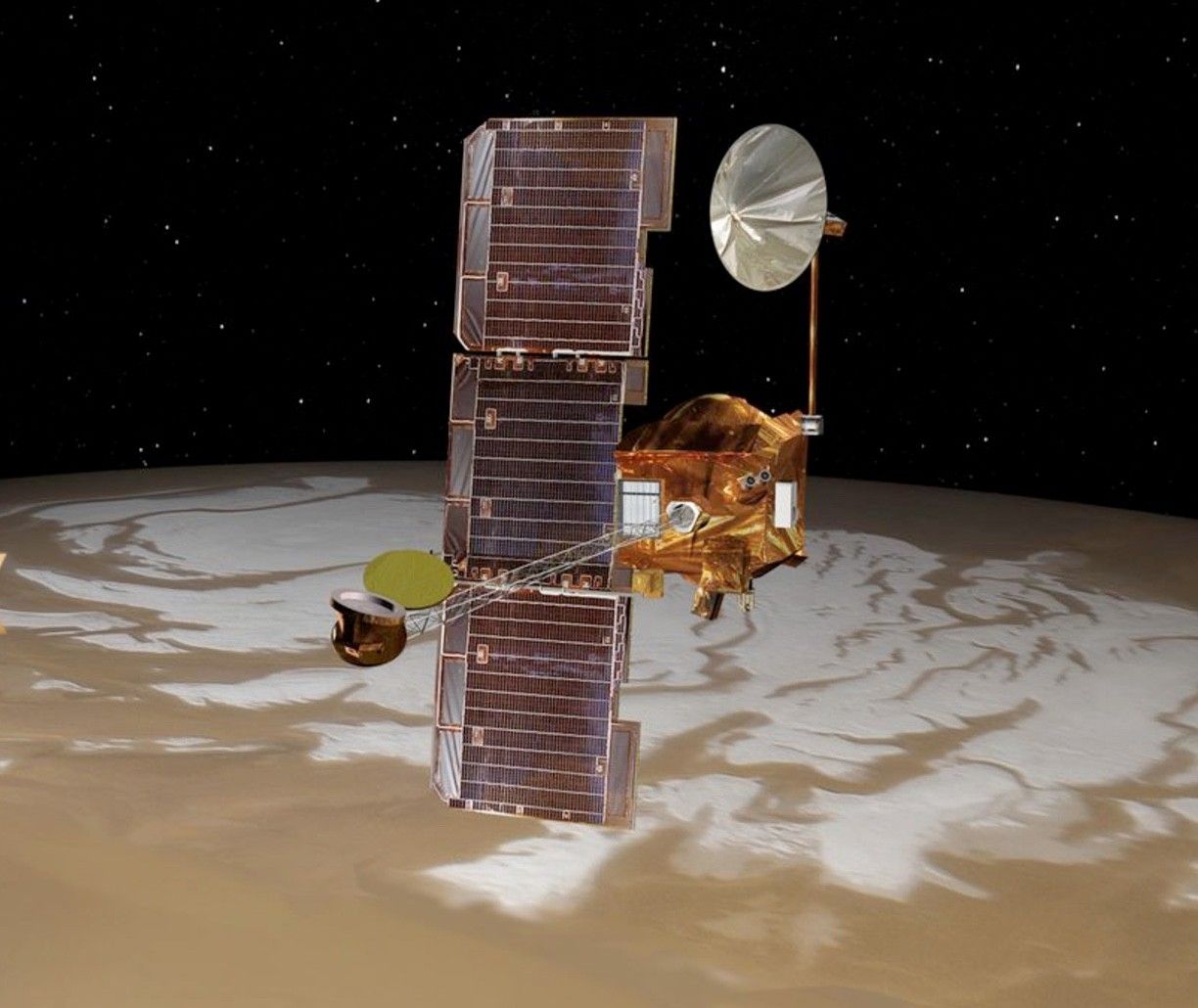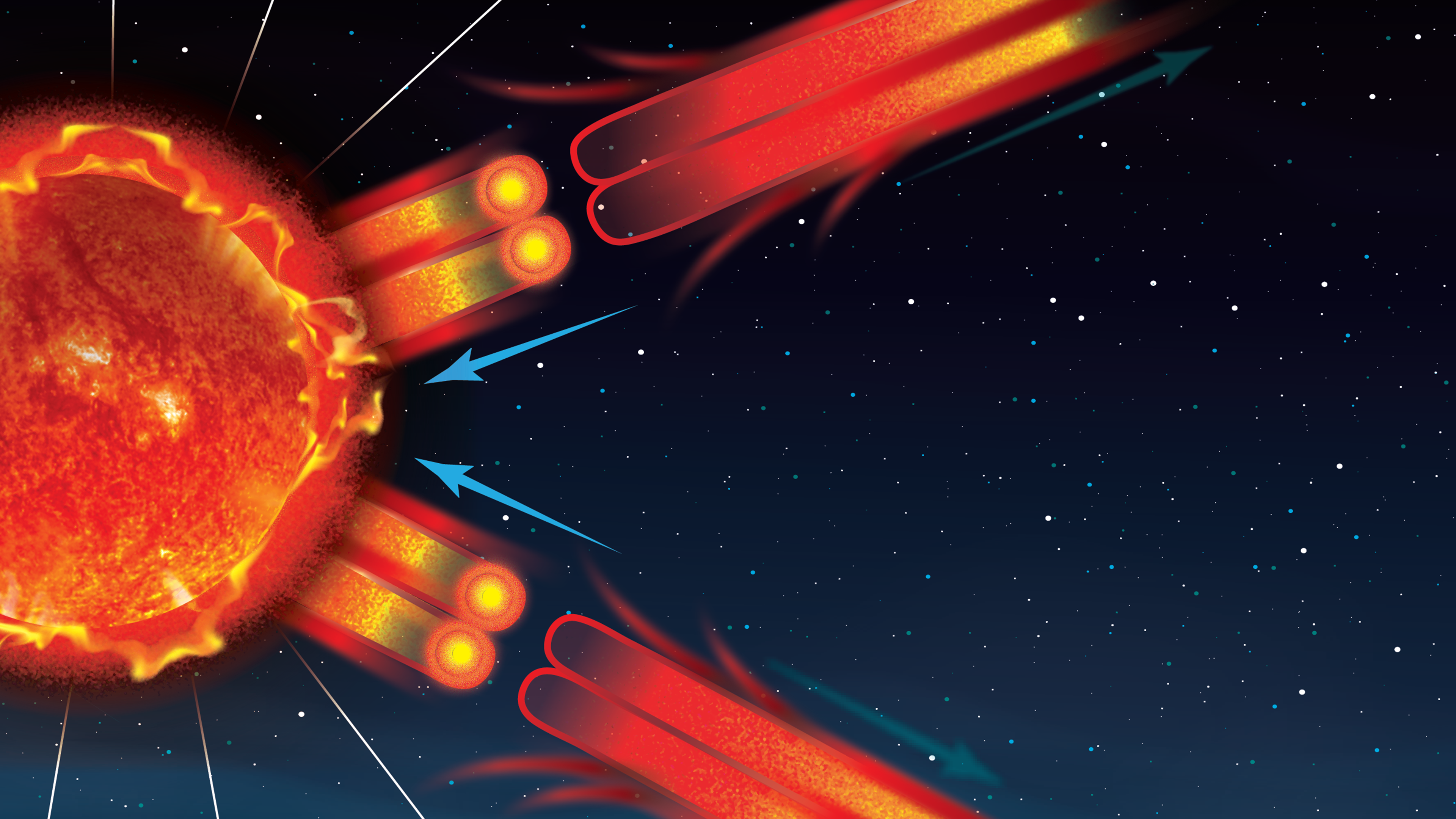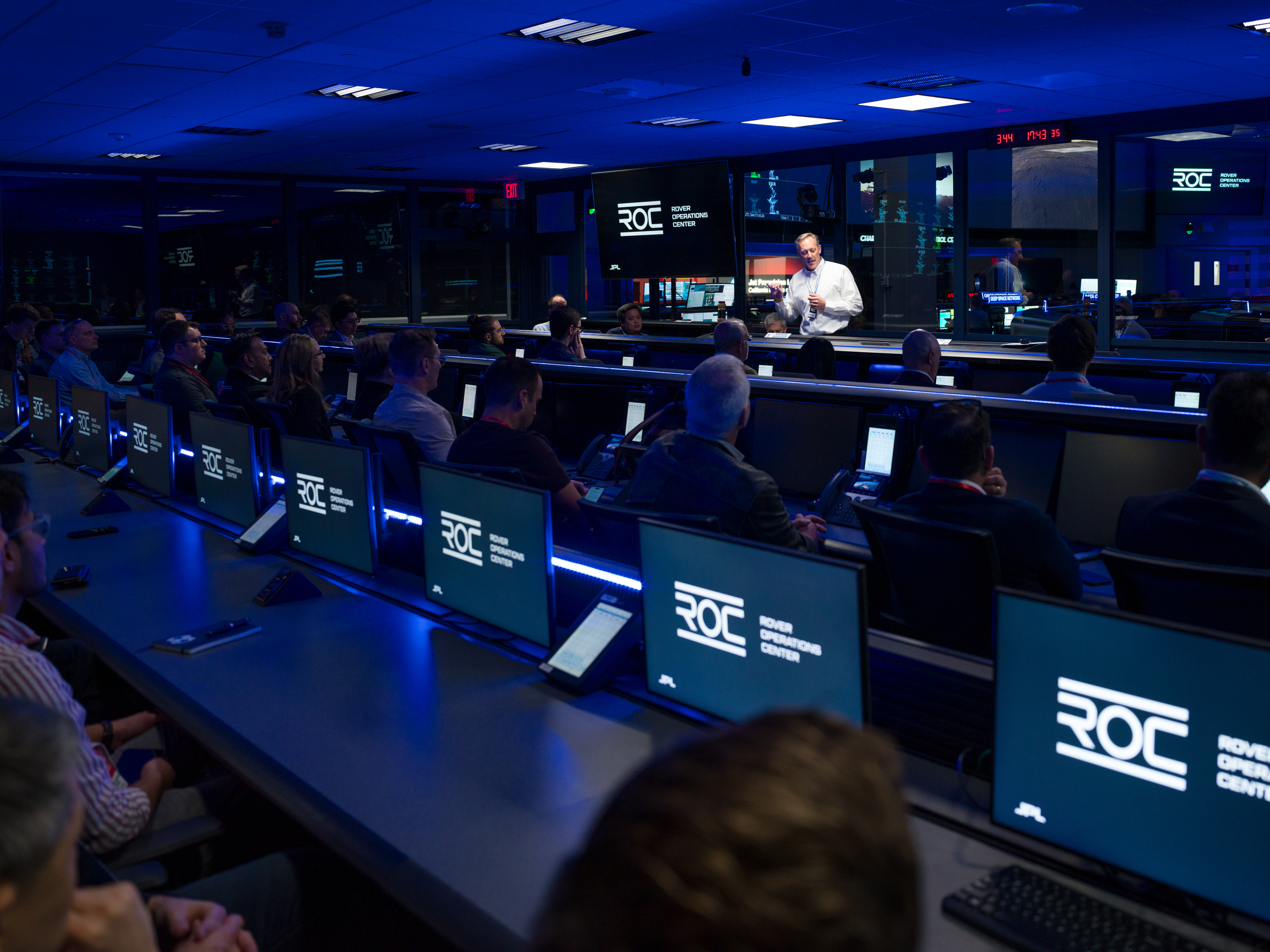"Any sufficiently advanced technology is indistinguishable from magic."
—Arthur C. Clarke
Sir Arthur Charles Clarke, iconic writer of science fact and fiction, was born on Dec. 16, 1917. A century later, his ideas about space and the future still propel flights of imagination—while many of his predictions have become fact. This week, we look at 10 aspects of real-life space travel that Clarke predicted, popularized or influenced. From instantaneous global communications, to a flyby of Saturn's moon Iapetus, to the detection of a mysterious visitor from beyond the solar system, much of Clarke's imagined space technology has become real-life magic.
1. Eyes in the skies. More than a decade before the launch of Sputnik, Clarke was already writing about the possible uses of artificial satellites. Now satellites are powerful tools for mapping and monitoring Earth's land, air and oceans. For example, NASA operates a fleet of satellites that keep an eye on the Earth and its environment.
2. A global view. You can see the data from NASA's Earth-observing satellites yourself. The Worldview site allows you to interactively browse global satellite imagery—within hours of when it's acquired.
3. Linking the planet. If a satellite makes one orbit over the equator every 23 hours 56 minutes 4 seconds—the same speed as the Earth's rotation—that spacecraft will appear from the ground to hang motionless in the same spot in the sky. From the satellite's perspective, an entire hemisphere of the Earth is visible all at once, all the time. This is a geostationary orbit, also known also as the Clarke orbit thanks to his early writings on the concept. Networks of satellites operating this way open up possibilities that previous generations could only imagine, such as enabling instant communications across vast distances on Earth. NASA launched its first communications satellite, Echo, in 1960, and geostationary satellites followed later.
4. On the lookout. Clarke's 1973 novel Rendezvous with Rama imagined a future organization called Spaceguard, which monitored threats from objects such as asteroids that could collide with the Earth. NASA and other organizations study and track Near Earth Objects, including those that could potentially impact the Earth. In the past, these efforts have sometimes informally been referred to as "Spaceguard" in homage to the novel. Today, keep up with the latest discoveries at Asteroid Watch.
5. A visitor from beyond. Rendezvous with Rama tells the story of an immense, cylindrical spacecraft that arrives from another star system. There were many references to the book this year when NASA discovered the first known interstellar object to enter the solar system. The asteroid, named 'Oumuamua by its discoverers, is about a quarter mile (400 meters) long and highly elongated perhaps 10 times as long as it is wide. There is no indication 'Oumuamua is anything but a natural object, but people around the world enjoyed comparing it to Rama.
6. All these worlds—including Europa. Jupiter's moon Europa is one of the most intriguing destinations in the entire solar system. Beneath its icy shell hides an ocean of liquid water—a potential habitat for life. In Clarke's 2010: Odyssey Two, Europa famously plays a role as the home of new lifeforms. In the novel, human explorers are told, "All these worlds are yours, except for Europa. Attempt no landings there." In real life, NASA has performed an initial reconnaissance of Europa over the course of several missions including Galileo, and in the next decade will launch a dedicated spacecraft, Europa Clipper, to study this ocean world in depth.
7. Journey to Iapetus. In the novel 2001: A Space Odyssey, one of the Clarke's iconic fictional monoliths is found on Saturn's moon Iapetus. In September of 2007, Clarke sent a special video message to NASA's Jet Propulsion Laboratory during one of the Cassini spacecraft's Iapetus flybys.
"I want to thank everyone associated with this mission and the overall project," Clarke said in the video. "Science projects are tremendously important for our understanding of the solar system. And who knows, one day our survival on Earth might depend on what we discover out there."
8. Red Planet Odyssey. NASA launched a robotic orbiter to Mars in 2001, which bears the name 2001 Mars Odyssey, in honor of Clarke's famous novel. To this day, Mars Odyssey maps the Martian surface and provides a critical communication relay link for ground operations there.
9. Namesake. In the main asteroid belt orbits an object about two miles (3.3 kilometers) across officially named 4923 Clarke. (The name for asteroid number 2001 was already taken, by Albert Einstein.)
10. A bright light. Clarke died on March 19, 2008. That day, NASA's Swift satellite detected a powerful stellar explosion that shattered the record for the most distant object that could be seen with the naked eye. The explosion was a gamma ray burst. Most gamma ray bursts occur when massive stars run out of nuclear fuel. Their cores collapse to form black holes or neutron stars, releasing an intense burst of high-energy gamma rays and ejecting particle jets that rip through space at nearly the speed of light. When the jets plow into surrounding interstellar clouds, they heat the gas, often generating bright afterglows. Gamma ray bursts are the most luminous explosions in the universe since the big bang.
Exploring space is as rewarding—and as challenging—as ever, but as Arthur C. Clarke famously said, "the limits of the possible can only be defined by going beyond them into the impossible."

























